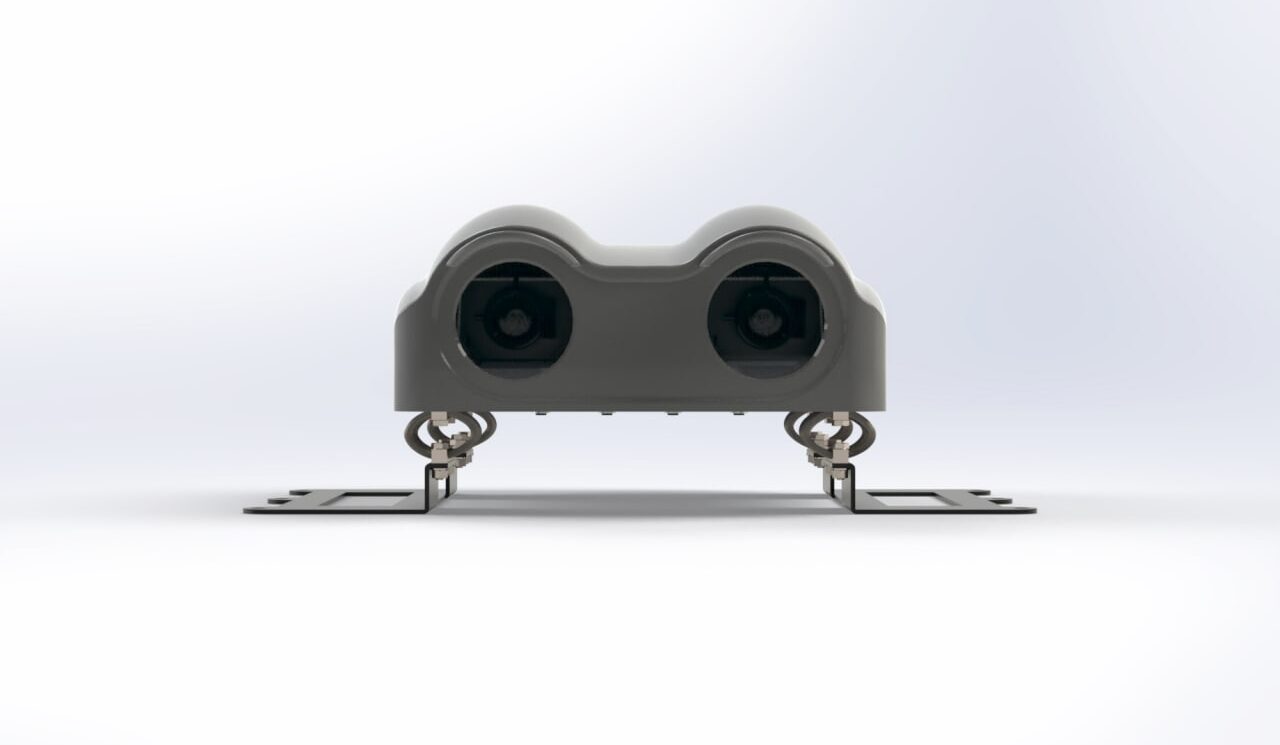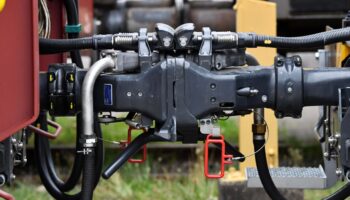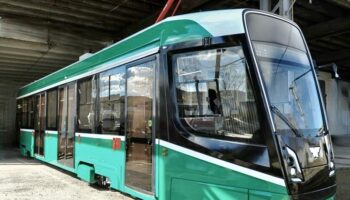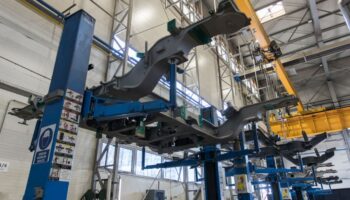Russia: The R&D Institute of Russian Railways (RZD) reported on the successful declaration of hardware and software components of its computer vision system for compliance with the TR EAEU 001/2011 technical regulations. This allows to implement the system on the RZD’s network and supply it to other members of the Eurasian Economic Union.
Earlier, at the end of February 2022, the onboard vision system had previously passed acceptance tests on the North Caucasian Railway. According to NIIAS, then the system showed the ability to detect traffic lights and obstacles, recognize turnouts, as well as their positions. In turn, the hardware developer, Telematika Corp., reported in July that it was already ready to start production.
At the same time, in order to be allowed to install the system on shunting locomotives, it was necessary to certify the software and hardware parts of the system. All relevant work was completed at the end of August.
As to NIIAS, the system is designed to help drivers of locomotives, multiple units and track machines. The range of object detection is up to 200 m. The system uses Russian-made video monitoring modules, and the software was developed by NIIAS itself.
Similar technology for shunting locomotives is offered by Cognitive Pilot, a subsidiary of Sberbank and Cognitive Technologies. Its tests were carried out on ChME3 shunting diesel locomotives of the Russian Railways fleet in 2020-2021. The company was waiting for the announcement of a tender for equipping up to 500 locomotives with computer vision systems. The Cognitive Pilot solution was declared to comply with the requirements of TR EAEU 001/2011 at the beginning of this year. Cognitive Pilot stated that the cameras integrated into the system can detect objects at a distance of up to 300 m, but it was planned to increase the range by 2 times.
The admission of rolling stock to operate in automatic and remote modes became possible in Russia with the entry into force of the new Rules for the Technical Operation of the Railways from August this year. NIIAS is also actively working on a project to launch Lastochka electric trains operation in GoA4 mode at the Moscow Central Circle urban rail system. In particular, a technological process has already been developed, which is based on 39 regular and non-standard scenarios for the ATO system.













